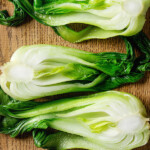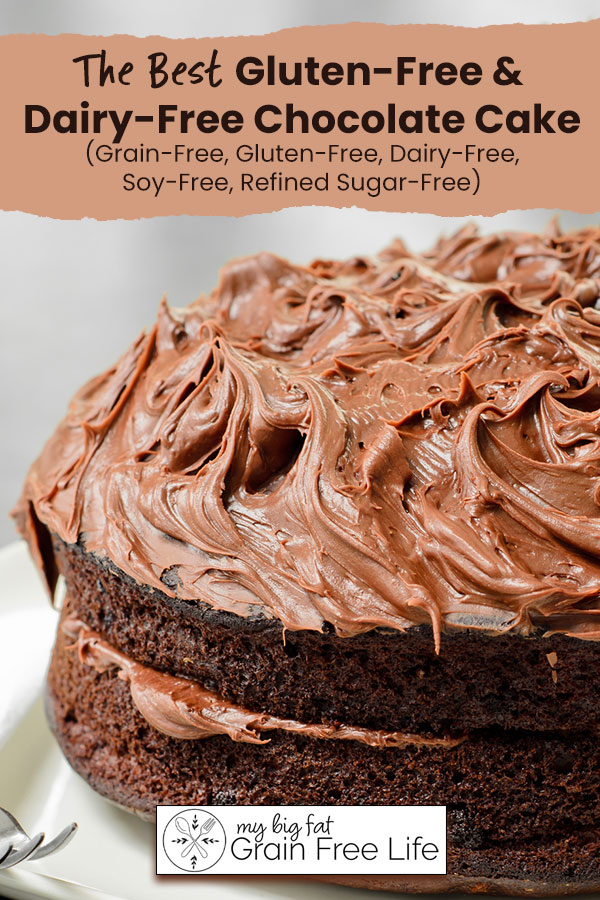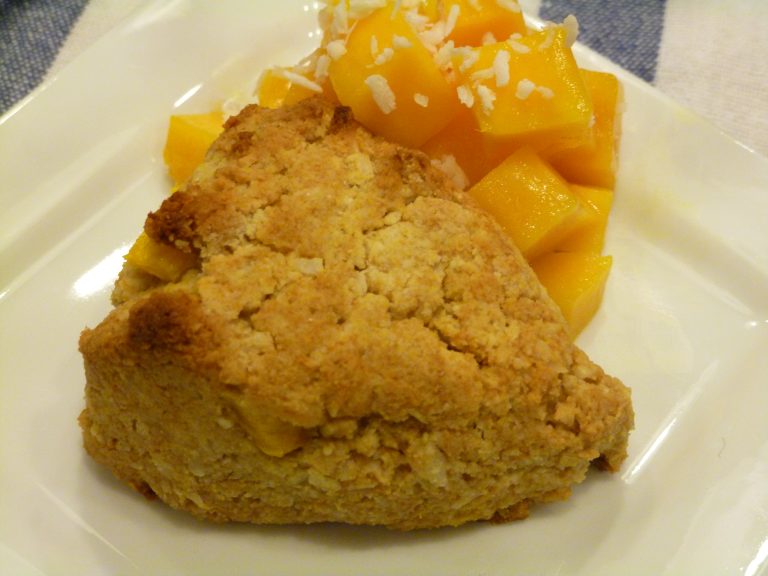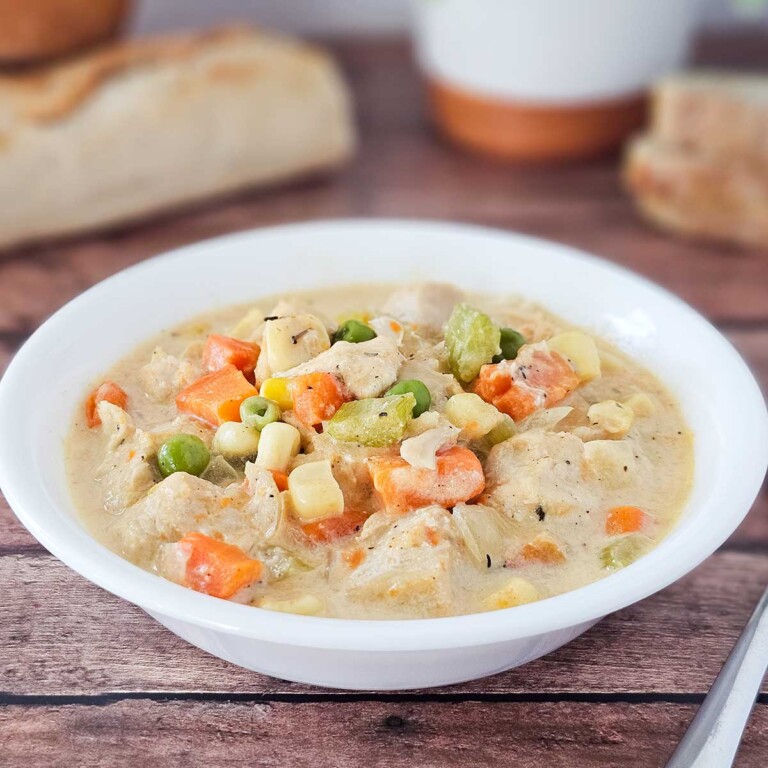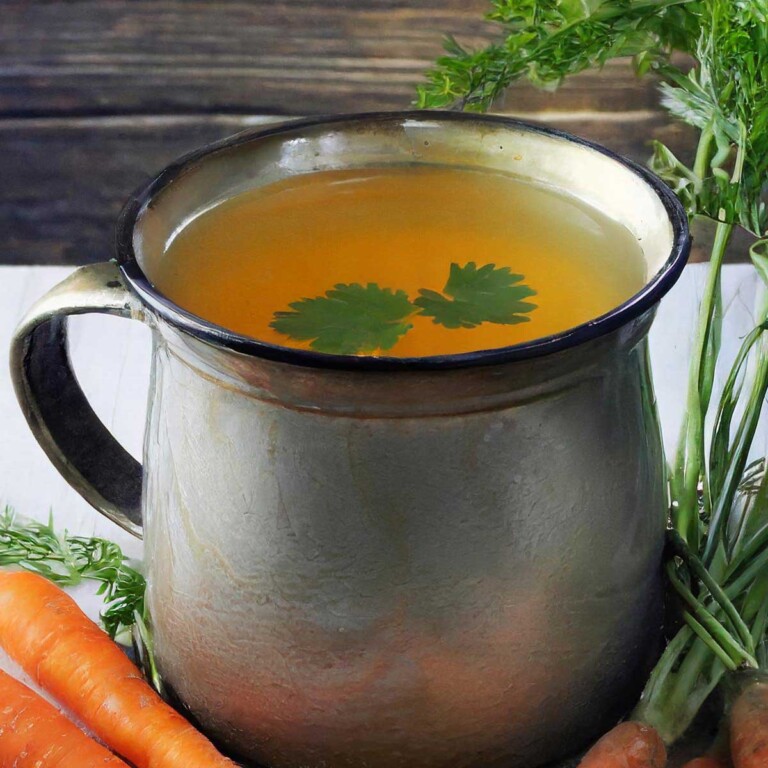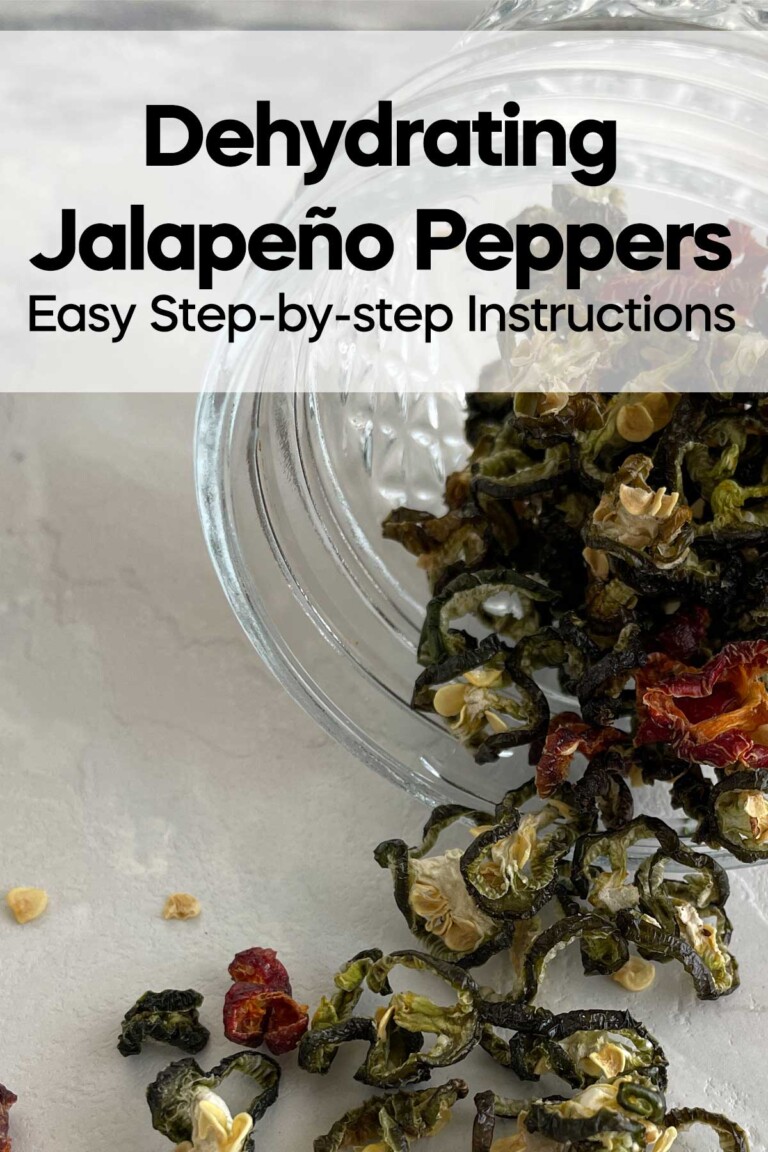Easy Sautéed Baby Bok Choy Recipe + Other Ways to Make it
This post may contain affiliate links. If you make purchase after clicking a link, I may receive a commission at no extra cost to you.
Last Updated on September 4, 2023
Baby bok choy is well known as a type of Chinese cabbage found in Asian cuisine, but you can also enjoy it cooked as a delicious side dish with our simple sautéed baby bok choy recipe. It’s is a versatile ingredient, and the leafy greens are packed full of nutrition.
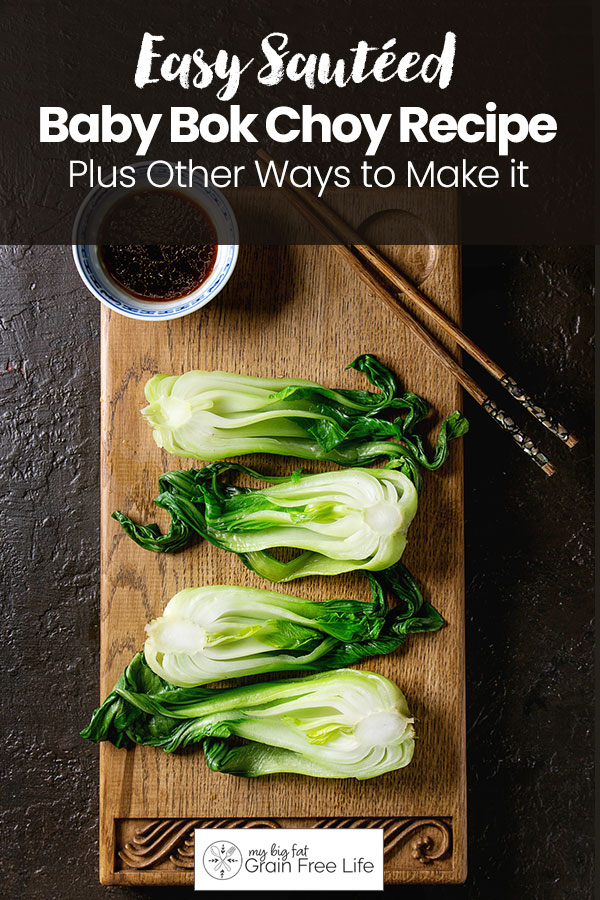
Baby Bok Choy
Baby bok choy is my new broccoli. I don’t know about you, but broccoli was my every week veggie of choice. Sorry, broccoli, you’ve been replaced. Baby bok choy is so very tender and simple to make. It tastes delicious cooked with other vegetables or sautéed on its own.
My favorite way to cook it is with my sautéed baby bok choy recipe, which uses simple ingredients.
What is Bok Choy?
Baby bok choy, also known as Shanghai bok choy or pak choi, is a leafy green cruciferous vegetable that belongs to the cabbage family. It has dark green, tender leaves and crisp, white stalks.
It has a mild, delicate flavor with a hint of bitterness, making it a versatile ingredient in various dishes.
What is the Difference Between Bok Choy and Baby Bok Choy?
Regular bok choy and baby bok choy share similar characteristics. However, there are a few key differences between the two.
Bok choy is larger in size and has thick, white stalks with dark green leaves. It has a mild, slightly sweet flavor and a crunchy texture. This large bok choy is commonly used in stir-fries, soups, and salads, or as a vegetable side.
On the other hand, baby bok choy is smaller and more tender than its counterpart. It is harvested when it’s a “baby.” It has pale green stalks with vibrant green leaves.
Baby bok choy has a delicate, sweeter taste compared to bok choy and a softer texture. It is often cooked quickly, either by steaming, sautéing, or adding it to soups.
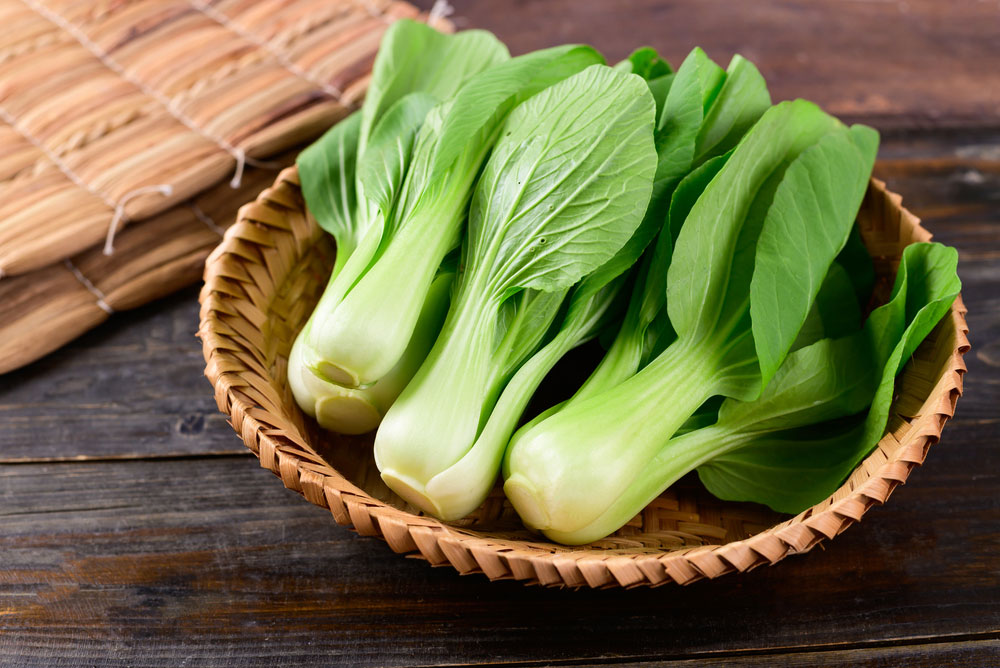
Nutrition Facts
Not only does baby bok choy add a nice crunch to your meals, it also brings a wealth of health benefits. Packed with vitamins A, C, and K, as well as essential minerals like calcium and potassium, it helps support a strong immune system, promotes healthy digestion, and contributes to overall well-being.
It’s loaded with nutrients and low in carbs. In just one cup of cooked baby bok choy, you’ll find:
- Calories: Approximately 20 calories
- Protein: Around 2 grams
- Fiber: A generous 2.5 grams
- Vitamin A: Loads of it! Providing more than 100% of your daily value.
- Vitamin C: A whopping 60% of your recommended daily intake.
- Calcium: A good source, contributing around 8% of your daily needs.
- Iron: A modest amount, supplying approximately 6% of your daily requirement.
How to Clean Baby Bok Choy
Here are the steps for cleaning baby bok choy:
Step 1: Rinse the bok choy under cold running water. Use your fingers to remove any dirt or debris.
Step 2: Fill a large bowl or basin with cold water. Submerge the bok choy, gently swishing them around.
Step 3: Let the bok choy soak for a few minutes to allow any remaining dirt to settle at the bottom of the bowl.
Step 4: Lift the bok choy out of the water and transfer it to a colander or strainer. Rinse it once more under running water.
Step 5: Pat the bok choy dry with a clean kitchen towel or paper towel. Ensure excess water is removed.
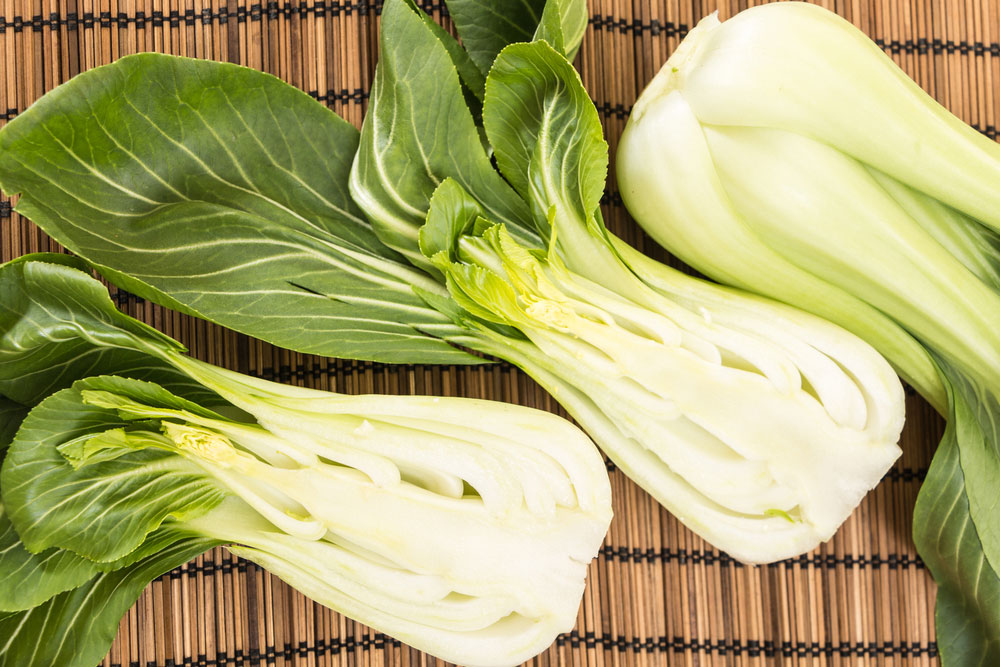
How to Cook Baby Bok Choy
There are many different ways to cook this vegetable. Here are some of the most common cooking methods used for baby boc choy.
Stir-Frying: Heat a tablespoon of oil (such as olive oil or sesame oil) in a large skillet or wok over medium heat. Add the baby bok choy and cook for 2-3 minutes until the leaves wilt and the stems become tender.
Steaming: Place the baby bok choy in a steamer basket over boiling water. Cover and steam for approximately 5-7 minutes until the leaves turn bright green and the stems are tender.
Grilling: Preheat your grill to medium-high heat. Brush the baby bok choy with oil and season with salt and pepper. Grill for 2-3 minutes per side until the leaves are slightly charred and the stems are tender.
Baby Bok Choy Recipe
My simple recipe for sautéed baby bok choy is a breeze to make and takes no time at all. It’s also compliant for the autoimmune protocol, paleo, GAPS, and SCD diets.
Sautéed Baby Bok Choy Ingredients
This recipe combines the delicate flavors of baby bok choy with a hint of garlic, resulting in a tasty dish that can be prepared in no time.
Ingredients:
- baby bok choy
- olive oil or avocado oil
- garlic cloves
- salt and pepper to taste (omit black pepper for strict AIP)
How to Sauté Baby Bok Choy
Cooking bok choy is easy. Here’s the steps to making my sauteed baby bok choy recipe.
1. Prepare the baby bok choy: Follow the steps above to prepare the baby bok choy. Cut the bok choy in half lengthwise.
2. Heat the olive oil: In a large sauté pan or skillet, heat the olive oil over medium heat.
3. Sauté the garlic: Add the minced garlic to the hot oil and sauté for about 30 seconds, until fragrant. Be careful not to burn the garlic.
4. Cook the baby bok choy: Add the baby bok choy to the pan, arranging the cut sides down. Season with salt and pepper to taste. Cook for approximately 3-4 minutes, until the leaves are wilted and tender.
5. Serve: Using tongs, transfer the sautéed baby bok choy to a serving platter or individual plates. Drizzle any remaining garlic-infused oil from the pan over the top. Garnish with a sprinkle of salt and pepper, if desired.
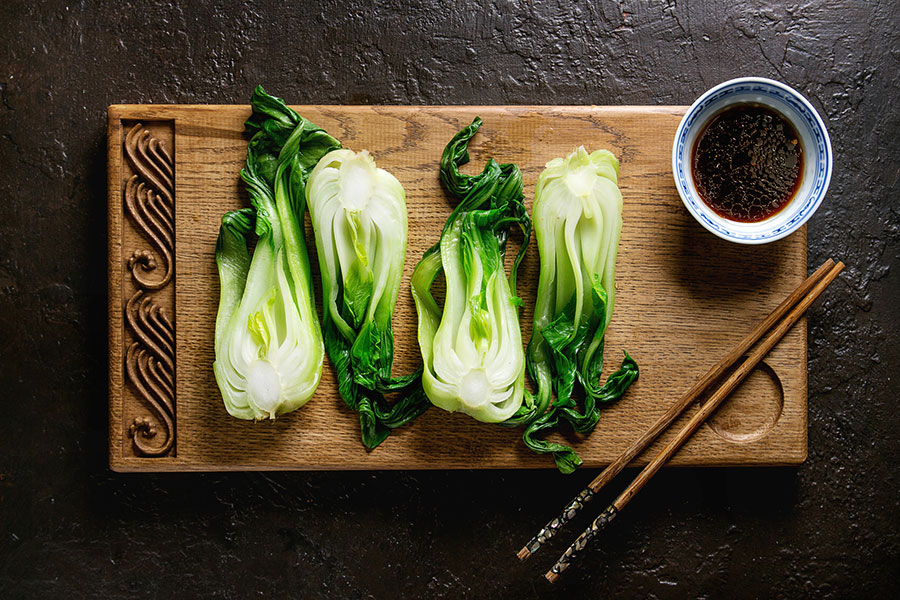
Serving Variations
Baby bok choy is a delicious leafy green vegetable that takes on additional flavors quite nicely. Instead of sauteeing it on its own, you can cook with with your other favorite vegetables.
It goes great with snow peas, shiitake mushrooms, chantrelle mushrooms, broccoli, carrots, fresh ginger, and other stir-fry vegetables.
You can top it with some green onions, sesame seeds, and red pepper flakes (if you can eat nightshade foods).
How to Store Bok Choy
Properly storing baby bok choy is essential to maintain its freshness and crispness. Here are some simple tips to ensure your baby bok choy stays delicious for longer:
1. Rinse: Before storing, give your baby bok choy a gentle rinse to remove any dirt or debris. Pat it dry with a clean towel or use a salad spinner to remove excess moisture.
2. Trim: Trim off the ends of the baby bok choy if needed. This helps to prevent wilting and keeps the vegetable in optimal condition.
3. Storage container: Place the baby bok choy in a perforated plastic bag or a loosely sealed container. This allows for proper air circulation while retaining moisture.
4. Refrigeration: Store the baby bok choy in the vegetable crisper drawer of your refrigerator. The ideal temperature range is between 32°F (0°C) and 40°F (4°C).
Avoid storing it near ethylene-producing fruits (bananas, apples, tomatoes, avocados, and mangoes), as they can accelerate spoilage.
5. Check regularly: Keep an eye on your baby bok choy and discard any leaves that show signs of wilting or decay. This will help maintain the quality of the remaining leaves.
Where to Buy Bok Choy
You can find baby bok choy in a grocery store, farmers market, and ethnic food stores, such as an Asian market. I purchase organic baby bok choy at Trader Joes and Whole Foods most often.
Select fresh baby bok choy that has dark green leaves and crisp white stems. Look for compact, tightly closed buds to ensure tenderness and optimum taste.
Enhance the flavor of baby bok choy with your choice of seasonings such as garlic, ginger, soy sauce (or a soy sauce substitute, like coconut aminos), or a sprinkle of sesame seeds.
Which Part of Bok Choy Do You Use?
Baby bok choy consists of two main parts: the leafy green tops and the crisp white stalks. Both parts are edible and offer different textures and flavors to your dish.
Are All Parts of Baby Bok Choy Edible?
All parts of baby bok choy, including the stems and leaves, are edible. However, the stem and leaves are sometimes prepared in different ways due to their varying textures and flavors. Oftentimes baby bok choy is sauteed whole as it looks beautiful on a plate.
Do You Use the White Part of Bok Choy?
When it comes to cooking baby bok choy, many people wonder whether they should use the white part or discard it. The white part (or stem) is actually very delicious and can add some texture to your dishes.
The white part of baby bok choy is crisp and slightly sweeter compared to the green leaves. It’s important to note that the white part takes slightly longer to soften than the green leaves. Therefore, I often separate the stems from the leaves when making a dish like stir fry or adding baby bok choy to soups and stews.
Should I Soak Bok Choy Before Cooking?
Soaking baby bok choy helps to remove any dirt, sand, or other debris that may be hidden between the leaves.
Additionally, soaking the baby bok choy in water allows it to rehydrate. This is especially important if you have purchased or stored the vegetable for a few days, as it may have lost some of its moisture content. By soaking it, you are revitalizing the leaves and stems, resulting in a crispier and more succulent end result.
Furthermore, soaking baby bok choy can help to reduce any bitterness that may be present. Soaking the vegetable in cold water for around 15-30 minutes can help to mellow out this bitterness and create a more balanced flavor profile.
Lastly, by soaking baby bok choy, you are also ensuring a more even cooking process. The leaves and stems of this vegetable have different cooking times, with the stems generally requiring a bit more cooking than the delicate leaves. Soaking helps to soften the stems slightly, allowing for a more uniform cooking experience and preventing overcooking of the leaves.
Baby Bok Choy Recipe
This simple baby bok choy recipe is a great way to make a delicious and easy side dish for your meals.
PrintSauteed Baby Bok Choy (Paleo, GAPS, SCD, AIP)
Ingredients
- Ingredients:
- 1 pound baby bok choy
- 2 tablespoons olive oil
- 2 cloves garlic, minced
- Salt, to taste
- Pepper, to taste (omit for strict AIP)
Instructions
- Prepare the baby bok choy as instructed in the notes below. Cut in half lengthwise.
- Heat the olive oil: In a large sauté pan or skillet, heat the olive oil over medium heat.
- Sauté the garlic: Add the minced garlic to the hot oil and sauté for about 30 seconds, until fragrant. Be careful not to burn the garlic.
- Cook the baby bok choy: Add the baby bok choy to the pan, arranging the cut sides down. Season with salt and pepper to taste.
- Cook for approximately 3-4 minutes, until the leaves are wilted and tender.
- Serve: Using tongs, transfer the sautéed baby bok choy to a serving platter or individual plates.
- Drizzle any remaining garlic-infused oil from the pan over the top. Garnish with a sprinkle of salt and pepper, if desired.
Notes
How to Clean Baby Bok Choy:
- Rinse the bok choy under cold running water. Use your fingers to remove any dirt or debris.
- Fill a large bowl or basin with cold water. Submerge the bok choy, gently swishing them around.
- Let the bok choy soak for a few minutes to allow any remaining dirt to settle at the bottom of the bowl.
- Lift the bok choy out of the water and transfer it to a colander or strainer. Rinse it once more under running water.
- Pat the bok choy dry with a clean kitchen towel or paper towel. Ensure excess water is removed.


